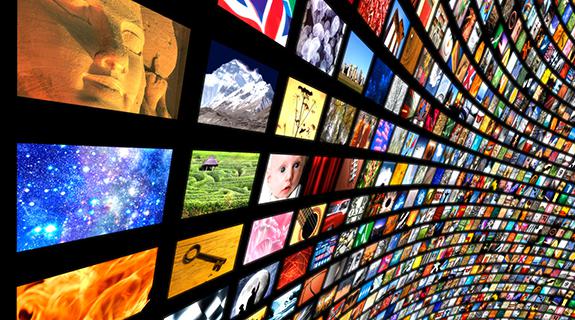With roughly 200 channels on offer, the average TV viewer watches a grand total of… 17.
That’s the stark conclusion from a new Nielsen report, due to be released Thursday, that raises serious concerns about the rate of cord-cutting and the future of the cable TV bundle in today’s rapidly transforming television industry.
The 17 channel average—it’s actually 17.5—means that American TV viewers are only watching 9 percent of the channels available to them, according to Nielsen, even as their cable bills continue to get more expensive.
And although the number of channels available to viewers has skyrocketed from 129.3 in 2008 to 189.1 today, the average number of channels watched has remained relatively flat over the same period. Between 2008 and 2013 that figure inched upwards from 17.3 to 17.5, a virtually meaningless increase.
One major culprit: OTT streaming services such as Netflix, Hulu, and Amazon, which have replaced the concept of channel surfing for bored viewers.
Cable executives and operators spoke repeatedly last week at The Cable Show in Los Angeles about their view that TV Everywhere could be the industry’s savior, even though only 21 percent of pay-TV customers use TV Everywhere platforms.
Read More: Lost Remote, Variety
Brief Take: Nielsen’s report is important because it reinforces the perception among many viewers that the value of their pay-TV bundle is declining under the weight of a multitude of channels that they never watch.
Tags:













































__twocolumncontent.jpg)











